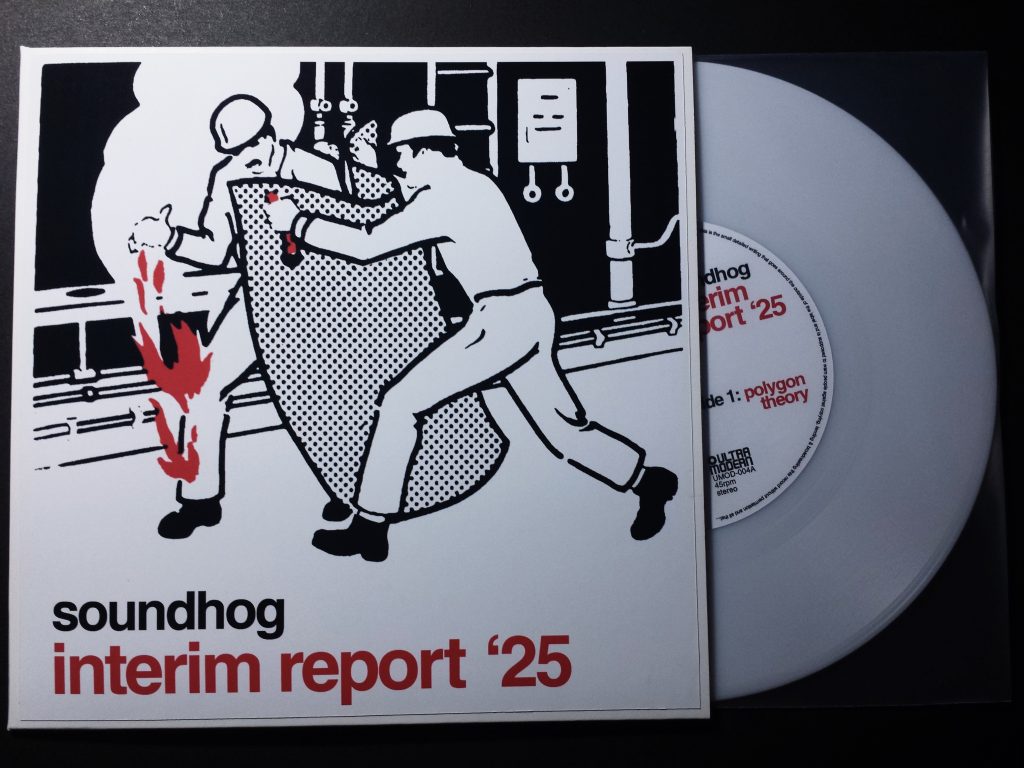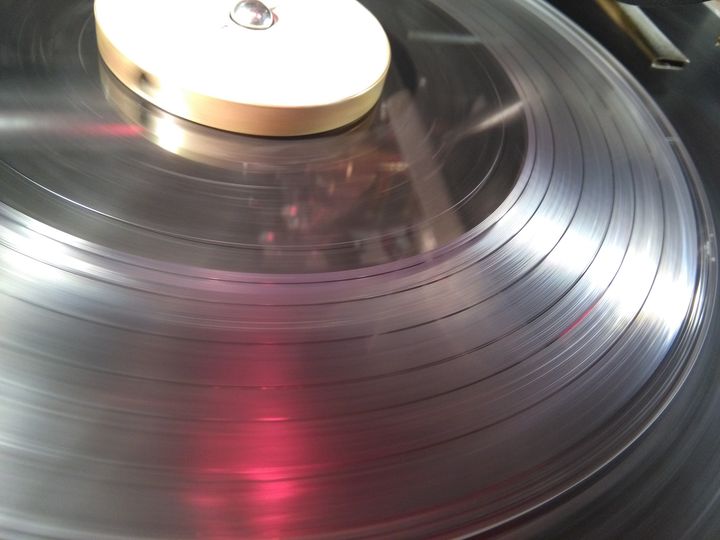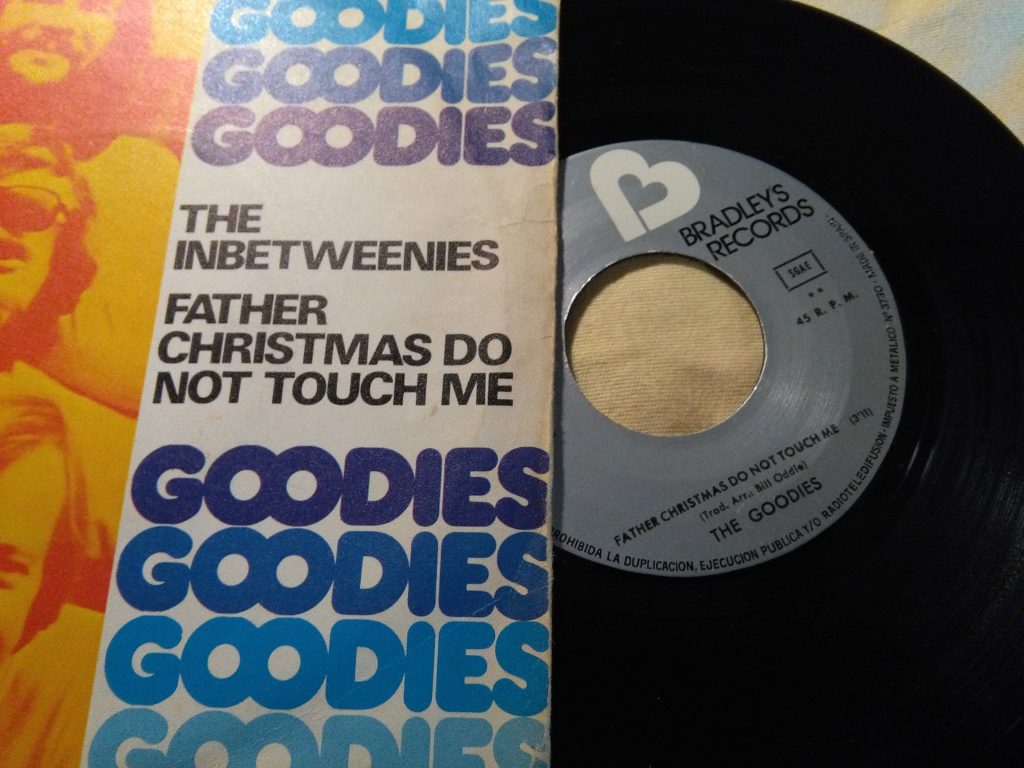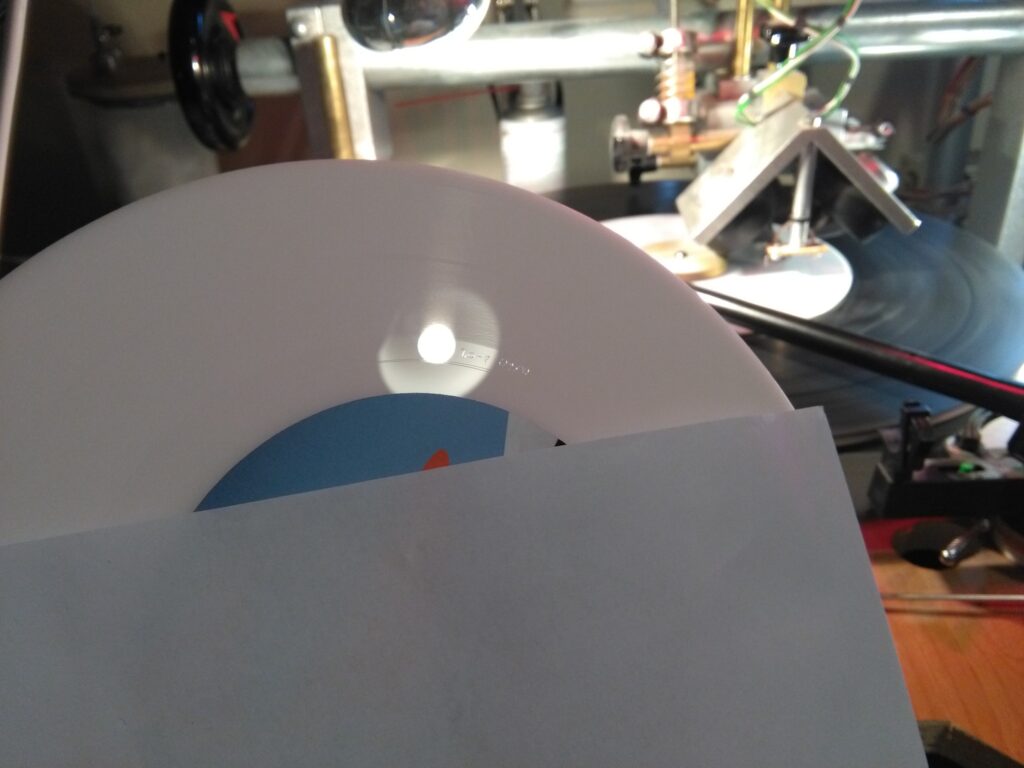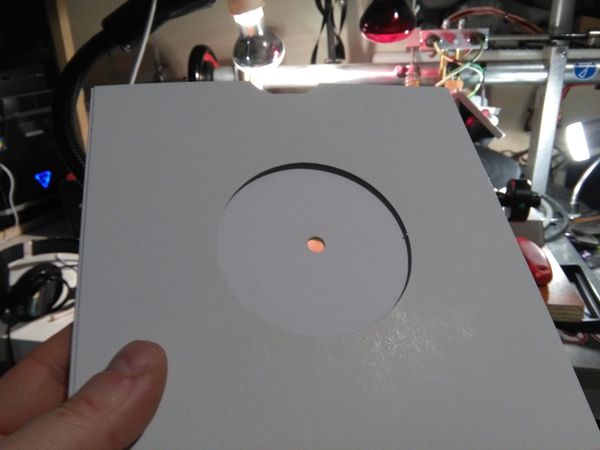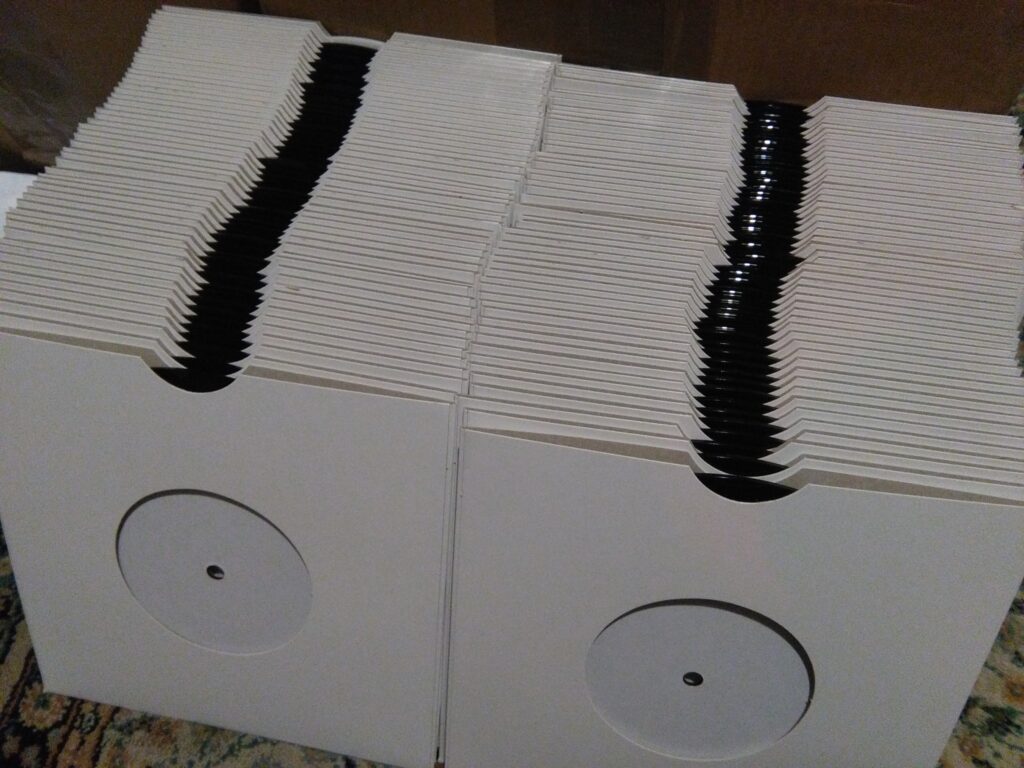October 2nd – Bandcamp Friday Releases
*Note* this was supposed to just go out on my Bandcamp page to followers of my little DIY record label at https://plastidisc.bandcamp.com, but it turns out it was waaaaayyyyyy too big for that. So it’s on here, now.
Good evening, everyone.
So, October 3rd came around pretty quickly, didn’t it? Yes, here I am again, stressing out like mad because it’s RELEASE TIME in about 12 hours or something. If you saw the previous email that I sent out, or read it on here or whatever, you’ll know that there are two discs on the way from The Ultra Modern Label in 2025. Bonkers, that’s me.
Tomorrow it’s a 7″ single of instrumental synth-pop, composed and produced by me. I mean, it’s my pretend record label, so why shouldn’t I? Entitled Interim Report ’25 (mainly because my LP didn’t appear, so this is a sort of consolation prize) it’s got one fast peppy number on it, and one slower moody number on it. Both were composed using some of my almost-working ‘vintage’ analogue synth collection: a couple of Rolands for the fast peppy number, and an example of the legendary (mainly because Bernard from Joy Division built one) Transcendent 2000 for the slower moody number.
It’s in a card sleeve with the artwork printed as front and rear stickers, sort of going with the industrial accident theme of the whole thing. It’s on white plastic, aside from four ‘rogues’ which are a different colour (or no colour at all). Sort of an easter egg hunt, I suppose. I can’t remember which colours went into which sleeves, so it’s a proper lottery. Anyway, there’s a photo below so you can sort of see what it looks like. As for what it sounds like, you’ll obviously be able to listen to the two tracks first. Hopefully they’ll be good enough to warrant ten of your Earth Pounds (or whatever that ends up being in another currency). Speaking of which…
Sending stuff around the world just gets more difficult with each passing day, as I’m sure you’re aware. First up: Europe. This Global Product Safety Pain-In-The-Ass stuff. Suffice to say, I cannot justify paying someone hundreds of pounds per year to be my ‘responsible person’ overseas. Not for the amount of stuff I (don’t) put out. I’ve been speaking to friends who send records out into Europe with no problems, so I’ve decided that I’m basically going to treat it like I did last year and pretend nothing’s changed. IOSS is sorted via Bandcamp, so there should be no extra tax surprises at the other end once an order is placed, the only issue would be the disc vanishing into the holding pen because it’s considered a hazardous item or something, in which case we’ll sort something out… even if it’s a total refund and we can have a little cry about it afterwards. I’m just as much in the dark as anyone about it all.
The US: After bashing my head against the wall a bit, it would seem that ‘phonograph records’ are exempt from Orange Tax. I can only assume this to be the case. I’ve done a ‘test’ with the Royal Mail postal system that I use, and it gave me a price for International Standard delivery with no warnings, so I assume that everything is taken into account and it should work ok. So, if any of my friends over there fancy the disc, just go for it and we’ll see how it all pans out.
UK orders will go Tracked48, so I can keep costs realistic. Hopefully the asking price for the discs is realistic as well. Digital is, as ever, ‘pay what you want if you want to’. The tracks were made to exist on a record, anything else is gravy.
Right, I think that’s enough about all of that. Incidentally, if you’re into this particular release then you might be interested in another couple of things which I cut and are on sale for this BC-F. First up is a rather good electronic pop 7″ by DIMITRI (not from Paris), which is coming out on the excellent Do It Thissen label out of that there Sheffield. ‘Regeneration Breeds Regeneration’ is particularly ace, and both sides have the extra benefit of my mate Dean ‘I Monster’ Honer’s sonic polishing cloth. https://doitthissenrecords.bandcamp.com/merch for that one.
There’s also a suitably nuts 7″ by Leamington Spa legends Jackdaw With Crowbar. One side is a sort of electronic dubby banger, the other side kind of sounds like the dear departed Tim from Cardiacs joining up with late period Add N To (X). Well, to me anyway. I’ve never been very good at describing music, so probably a good job I didn’t try to become a music journalist, eh? Anyway, https://jackdawwithcrowbar.bandcamp.com/merch for that one. And yes, both sound great. Of course they do. I made them.
There we go, I think that’s about it.
Oh yeah, the upcoming Photocopies 10″ has taken a step further towards reality. The music is done, the labels are done, the cover is pretty much done (I just need to work out what form it’s going to take). It’s going to be a translucent red disc containing 22 minutes of pop-aceness. I’m going to start making them soon, and it’ll be out in December, all being well. First Friday, of course. Stay tuned.
Ben
